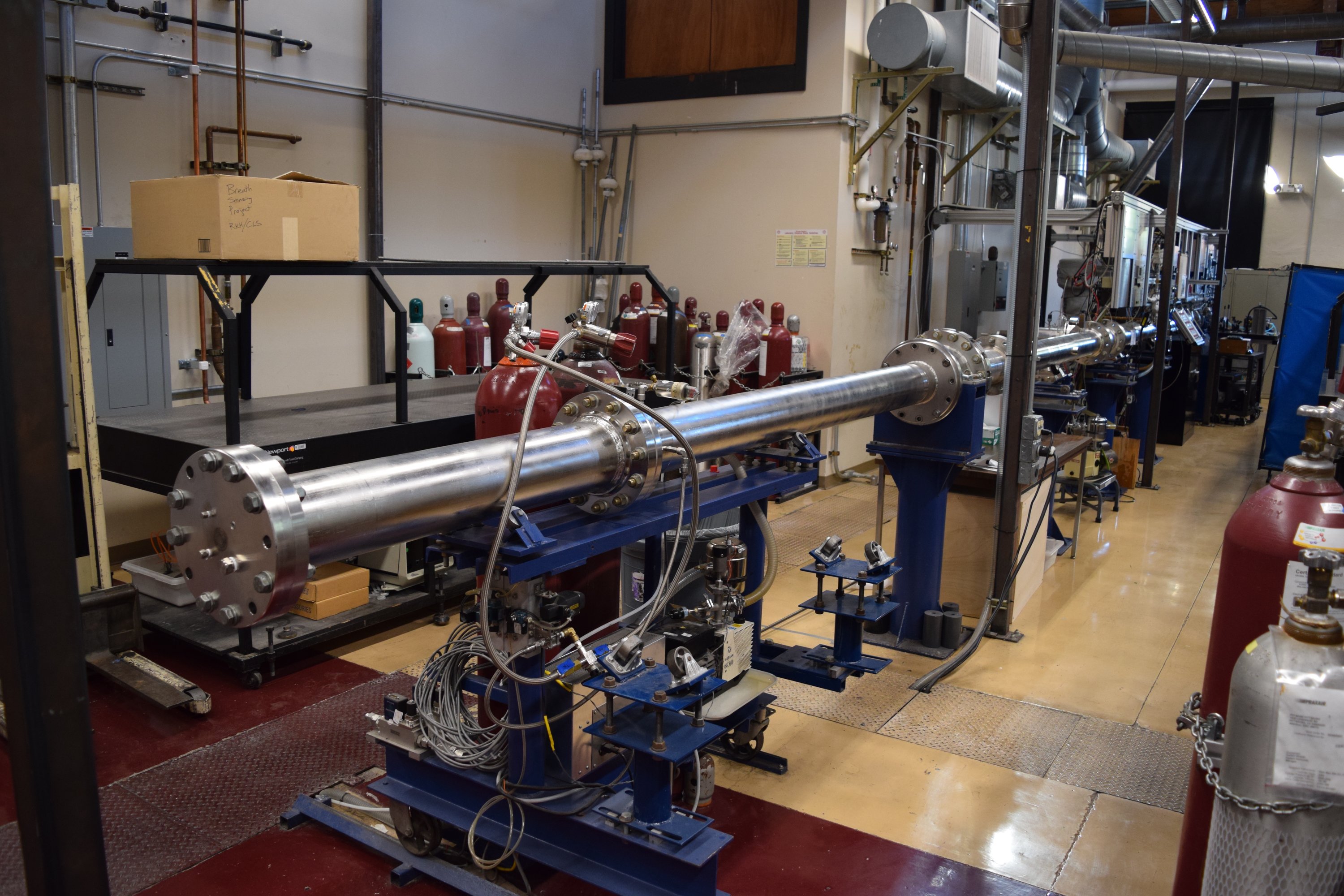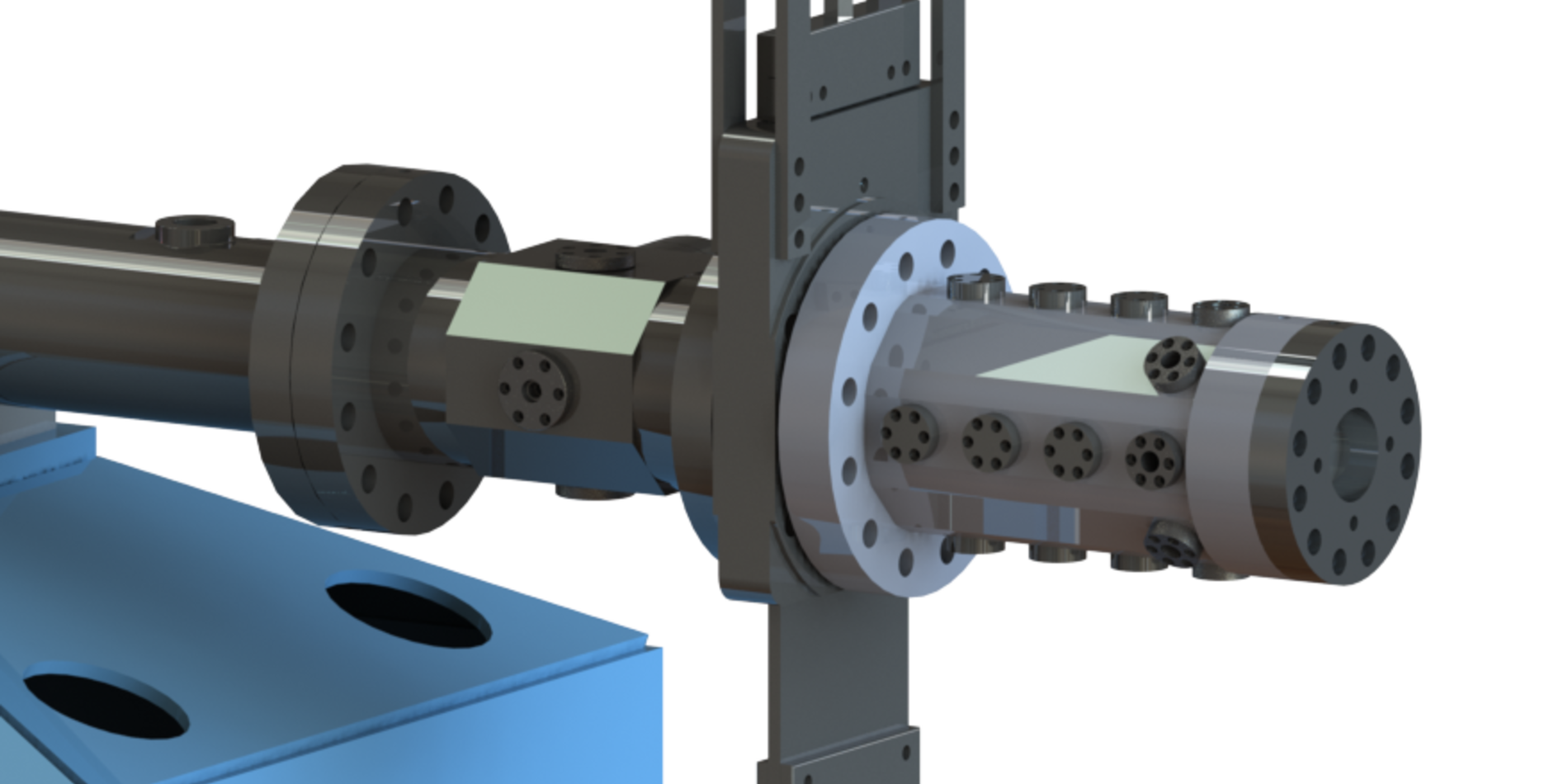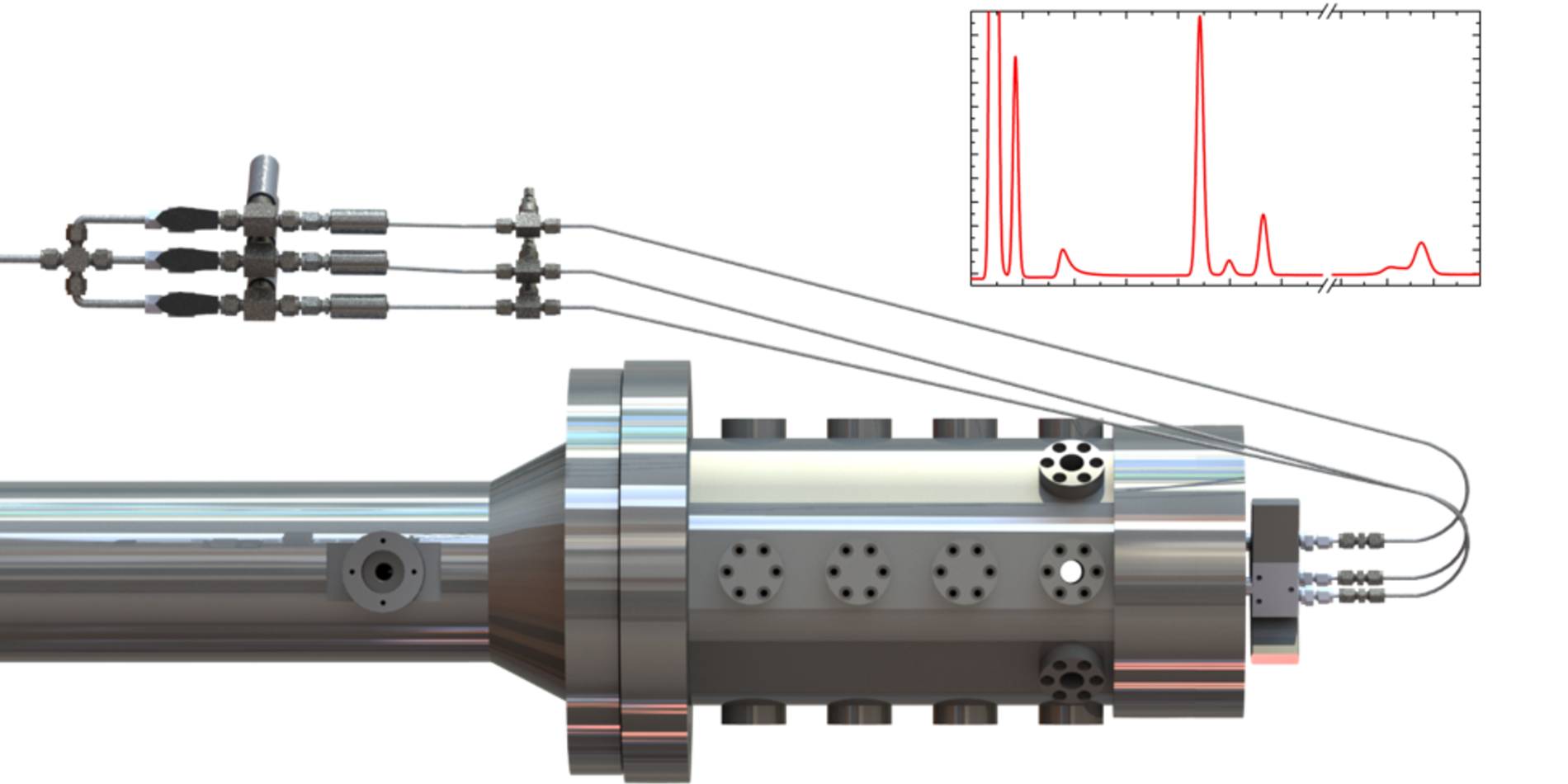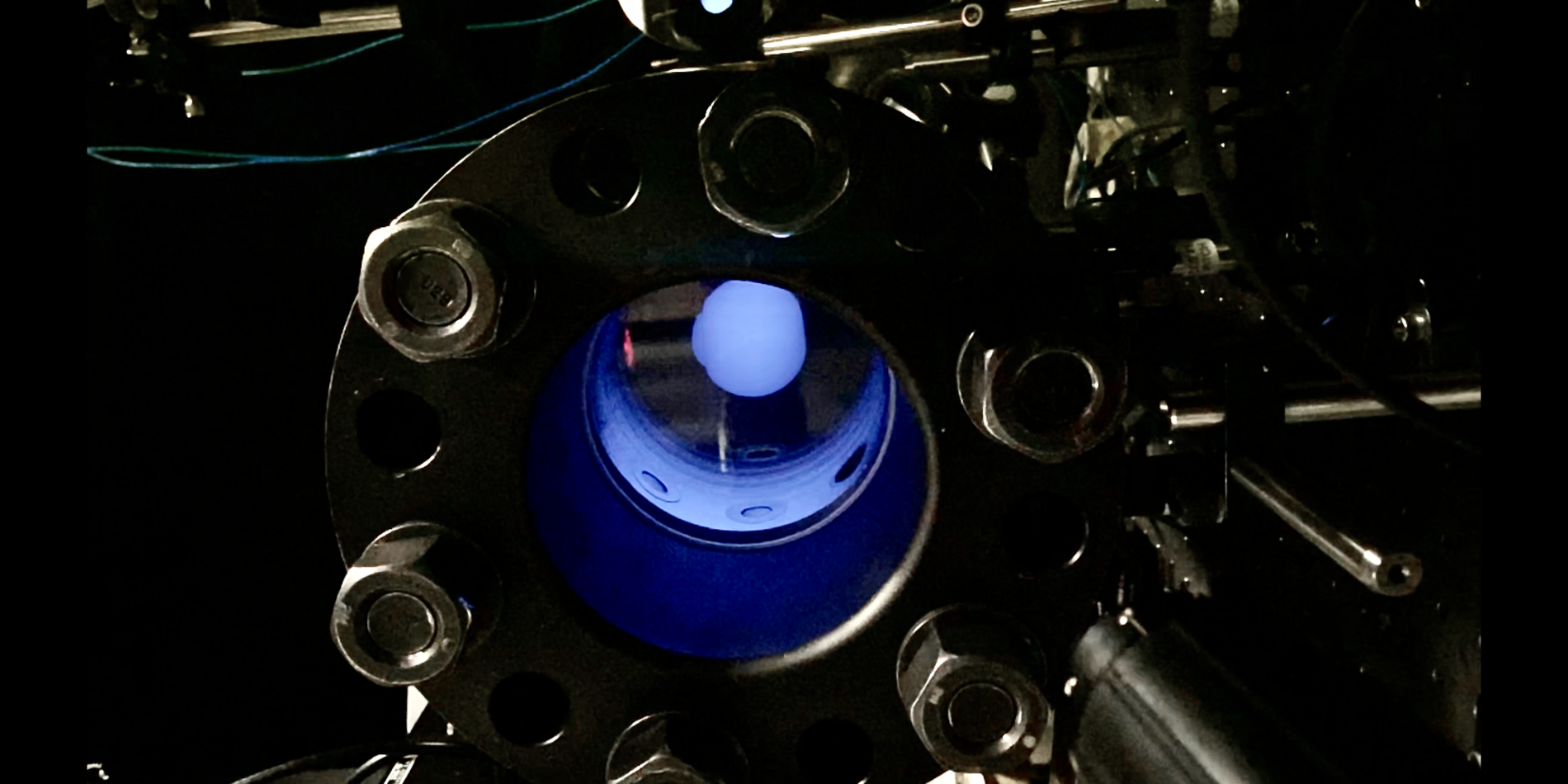Shock Tubes
Why are shock tubes important?
A shock tube is an impulse reactor that generates shock waves to near-instantaneously heat a test gas. Shock tubes uniquely operate across a wide range of temperature (500–10,000+ K) and pressure (0.01–1000+ atm) conditions. Paired with advanced instrumentation, shock tubes can be used to study reacting flows by investigating the physical properties of atoms and molecules and their evolution through time. Shock tube experiments drive new discoveries in chemical kinetics, fuel design, clean energy, hypersonics, and spectroscopy. A key advantage of the shock tube is its ability to generate a precisely controlled, 0-D test environment, free from the complications inherent in more complex, real-world energy systems (e.g., engines, turbines, etc.). The unique knowledge that is gained through these experiments informs improvements in next-generation energy and propulsion systems.

How does a shock tube work?
A shock tube has two main sections: a driver and a driven section. Before an experiment, a single-use diaphragm is placed between the two sections. The driver section is filled with a low-molecular weight gas (often helium) and the driven section is filled with the desired test gas. The driver section pressure is increased until the diaphragm bursts, creating a shock wave that propagates through the driven section. This shock wave heats, compresses, and sets in motion the test gas. When the incident shock reaches the end wall, it reflects back towards the driver end of the shock tube, further compressing, heating, and ultimately stagnating the test gas. In about 10 μs, this shock-heating process can bring the test gas from room-temperature to temperatures upwards of 10,000 K, and pressures in excess of 1000 atm. Experiment test times typically last for 3–10 ms.




